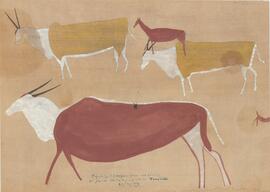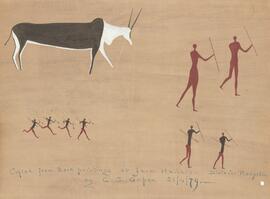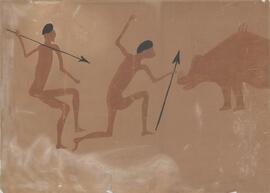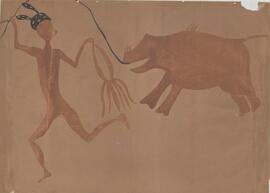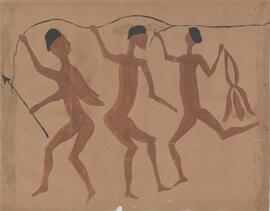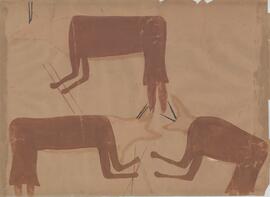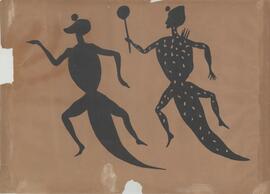Identificatie
referentie code
IZI OPN
Titel
Orpen
Datum(s)
Beschrijvingsniveau
Collectie
Omvang en medium
Collection of artifacts
Context
Naam van de archiefvormer
Naam van de archiefvormer
Biografie
archiefbewaarplaats
Geschiedenis van het archief
Directe bron van verwerving of overbrenging
Inhoud en structuur
Bereik en inhoud
Waardering, vernietiging en slectie
Aanvullingen
Ordeningstelsel
Voorwaarden voor toegang en gebruik
Voorwaarden voor raadpleging
Voorwaarden voor reproductie
Taal van het materiaal
- Engels
Schrift van het materiaal
- Latijn
Taal en schrift aantekeningen
Fysieke eigenschappen en technische eisen
Iziko Museums of Cape Town
Toegangen
Verwante materialen
Bestaan en verblifplaats van originelen
Bestaan en verblijfplaats van kopieën
Related units of description
Aantekeningen
Aantekening
Background of the Recorder:Joseph Millard Orpen was born in Ireland in 1828. At the age of 20 he emigrated to the Cape Colony, where he took up sheep farming. It is believed that later he moved to the Orange Free State where he became a surveyor and politician.
Mr. Orpen copied rock art in the Orange Free State and in the Eastern Cape Colony, at the suggestion of George William Stow, a self taught geologist, who became an influential writer of the Southern Africa's indigenous peoples. Charles Sirr Orpen, one of Joseph Orpen's brothers, was a close friend of Mr. Stow, whom used notes by C.S Orpen in his book Native Races of South Africa.
Joseph Orpen, single handed tracked and found one of the last San of the Drakensberg, Qing. Both travelled and visited rock art sites in the region and during their discussions while sitting around a fire, Qing, provided insights on its meaning, which were the core for the San thought and art. Mr.Open recorded these diligently, and thanks to him, researchers today are able to understand the meaning of the art in the Region. Even though Orpen was of an imperial turn of mind, he was known to have the interests of the indigenous people at heart. In July 1874, Orpen published in the Cape Monthly Magazine 'A Glimpse into the Mythology of the Maluti Bushmen'.
Mr. Orpen copied rock art in the Orange Free State and in the Eastern Cape Colony, at the suggestion of George William Stow, a self taught geologist, who became an influential writer of the Southern Africa's indigenous peoples. Charles Sirr Orpen, one of Joseph Orpen's brothers, was a close friend of Mr. Stow, whom used notes by C.S Orpen in his book Native Races of South Africa.
Joseph Orpen, single handed tracked and found one of the last San of the Drakensberg, Qing. Both travelled and visited rock art sites in the region and during their discussions while sitting around a fire, Qing, provided insights on its meaning, which were the core for the San thought and art. Mr.Open recorded these diligently, and thanks to him, researchers today are able to understand the meaning of the art in the Region. Even though Orpen was of an imperial turn of mind, he was known to have the interests of the indigenous people at heart. In July 1874, Orpen published in the Cape Monthly Magazine 'A Glimpse into the Mythology of the Maluti Bushmen'.
Aantekening
Collection obtained from: Iziko Museums of Cape Town
Aantekening
Collection owner image: OPN.jpg
Alternative identifier(s)
Trefwoorden
Onderwerp trefwoord
Geografische trefwoorden
Naam ontsluitingsterm
Genre access points
Beschrijvingsbeheer
Identificatie van de beschrijving
Identificatiecode van de instelling
Toegepaste regels en/of conventies
Status
Niveau van detaillering
Gedeeltelijk

